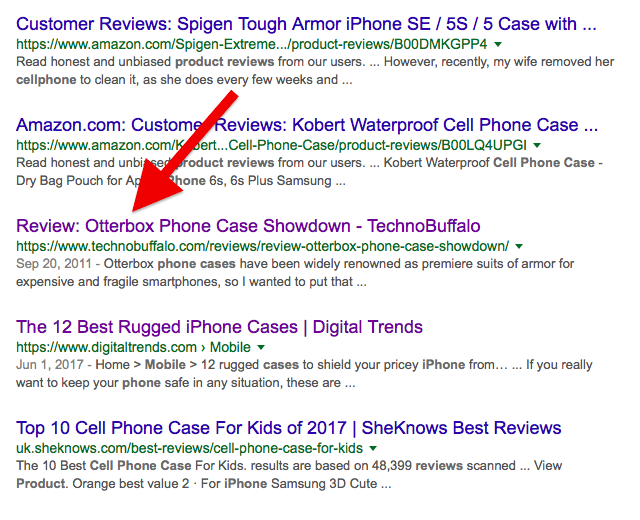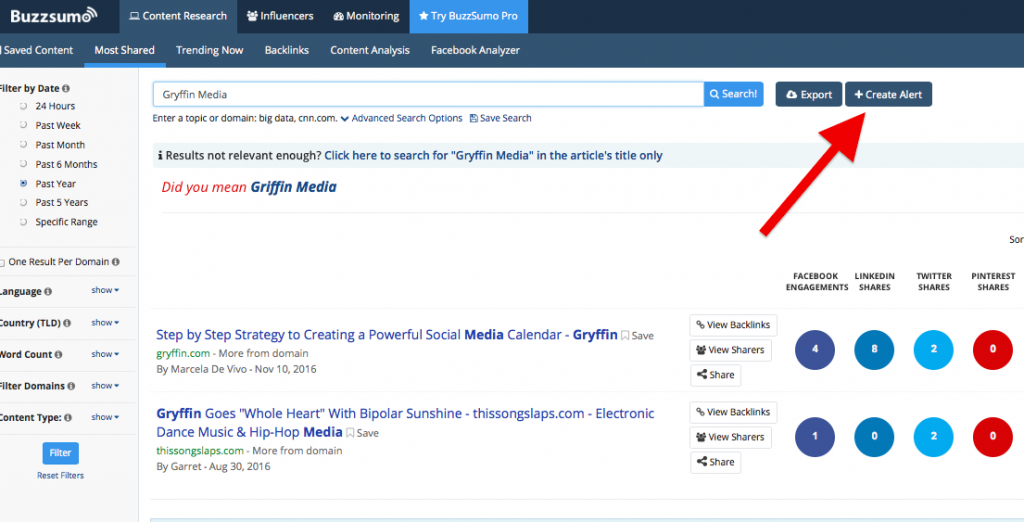Guest blogs are a popular link-building strategy used by businesses all over the world. And until recently, many were relying on guest blogging as their primary source of earned links. But a diverse link profile is essential to maintain ranking. So how can businesses achieve this?
“The landscape of SEO and link building is always changing, and today, the importance of building high-quality links has never been higher” – Paddy Moogan of Moz
Guest posts are an easy and effective way to build earned links. But on May 25 2017, Google issued a warning to sites against excessive guest posting.
“Lately we’ve seen an increase in spammy links contained in articles referred to as contributor posts, guest posts, partner posts, or syndicated posts,” Google stated.
Google even followed up with a nice list of what violates favorable link earning . . .
What are brands and businesses to do? Rely solely on natural link building through highly authoritative content? Well, this would be ideal for all. But let’s face it, this strategy may not be the most realistic given the vast amounts of content being produced daily and the difficulty of standing out from the crowd.
Guest blogging can still be a part of your link earning strategy. However, it should not be your only strategy. It’s important to diversify your link profile so that it doesn’t constitute a large percentage of your backlink profile.
Here are a few fantastic link opportunities you can put into motion today.
1. Blogger Reviews
If you have a product or service to leverage, you could leverage the blogger community to review your product, which can result in links. Even when bloggers disclose that you sent them free product to review, these reviews can earn in natural links when other bloggers learn about your products and decide to try, and review them!
How do you find bloggers willing to whip up a review? Use the power of Google. Let’s say your product is rugged cell phone cases. Open your Google browser and type in “cell phone case product reviews.”
You will see a wide-ranging list of sites that have done product reviews in your market niche. You can skip the Amazon reviews and the listicles. Look for the sites that focused on one product.
Next, begin compiling a healthy list of bloggers that you could reach out to. Your outreach email should be very short, concise, and to the point. Here is an example that has worked well in the past . . .
Hello (Blogger)
I noticed your review of (similar product) and wanted to connect. I just launched a new cell phone case that is rugged, waterproof, and great for travel and sports enthusiasts.
Presently it costs (dollar amount), but would love to send you a free phone case if you would happily review it and share it with your fans.
I look forward to hearing from you.
Sincerely,
(Your name, website, and contact information)
You may be wondering why there is no mention of a back link. Well, bloggers that do product and service reviews know the deal – typically there is no real surprise why you are giving them your product free, so there is no need to mention it.
2. HARO
HARO is a platform that provides journalists with a database of sources for stories (and an opportunity for sources to obtain media coverage).
There are some that think HARO isn’t worth the time. However, there have been instances when this little link building gem has produced serious results. The key is to keep your query answers focused on your niche, product, or expertise.
Once you have found a few HARO queries that fit your particular niche or expertise, you can send your detailed and expert insight. You will typically hear back from the journalists that are interested in your insight. The ones you will not get featured in, however, you will simply get no reply.
3. Capitalize on Broken Links
There are a lot of link opportunities if you know how to find broken links of businesses and companies in your industry. Here you will be looking for broken links on resource pages that will return a 404 message.
First you will need to pull up the different resource pages in your niche, industry, or expertise. If your site were devoted to alternative health, you would use a variety of Google search strings to find these resources, such as:
- “alternative health” + “resources”
- “alternative health” + “recommended sites”
- “alternative health” + “resource pages”
Using these Google search strings will bring up results like . . .

Next, you’ll want to identify the broken links. Here are 3 ways to find broken links:
- Use a Chrome Extension such as Check My Links
- Run that page through Screaming Frog
- Use Xenu to check the page for broken links
Once you find one, it’s time to email the site owner kindly asking to replace the broken link with your site’s URL. If the broken link is on a page referring to a particular article or resource, consider recreating a similar resource on your site so the link is natural and makes sense.
You will be surprised how well this method works. No site owner wants a poor user experience, and getting rid of those broken links will make them happy you reached out.
4. Discover Unlinked Mentions
Another great way to easily earn links without toiling over guest blogging content for hours on end is to find unlinked mentions. When someone mentions your brand or business, you should get a link back right? Well, this is not always the case.
You can, however, put on your link detective hat on and find those mentions and ask the site owners for a link. Online tools like BuzzSumo, MOZ, and Mention allow you to set up alerts for this tactic.
The only downside is that you may need to sign up for a membership, or free trial to access this feature on most platforms. Nonetheless, it is a quick and easy way to earn links, especially if you had a piece of content go viral recently.
5. Leverage Infographics
Infographics are a highly shareable asset to any link building strategy, but many businesses and brands still fail to see the power they possess.
You can pretty much create an infographic about anything. Infographics also have a very long shelf life for link building and are a fantastic way to differentiate yourself from the army of people offering free content.
The first thing to do after you have infographic in hand is list it on infographic sharing platforms like . . .
There are also a number of high authority news and blog sites you can list your infographic on as well . . .
After you have submitted your infographics to the above sites, it is time to offer it to bloggers in your niche.
Similar to blogger reviews, you will be reaching out offering a high value item they can share with their audience. If you have a robust social media following, be sure to mention that you will gladly share their post across all your social media networks as well.
It is important to remember that building links the right way, to appease Google, is of great importance. You want to maintain a nice balance of do follow vs. no follow links, as well as a slow and steady link building strategy.
Make sure you are using a mixture of strategies so that your link profile remains diversified. If guest posts are only one of several strategies you are employing, then you can continue to earn links without fear of seeing a negative impact on your organic traffic.
source https://searchenginewatch.com/2017/07/03/the-guestblogalypse-how-to-get-links-without-guest-blogs/






No comments:
Post a Comment